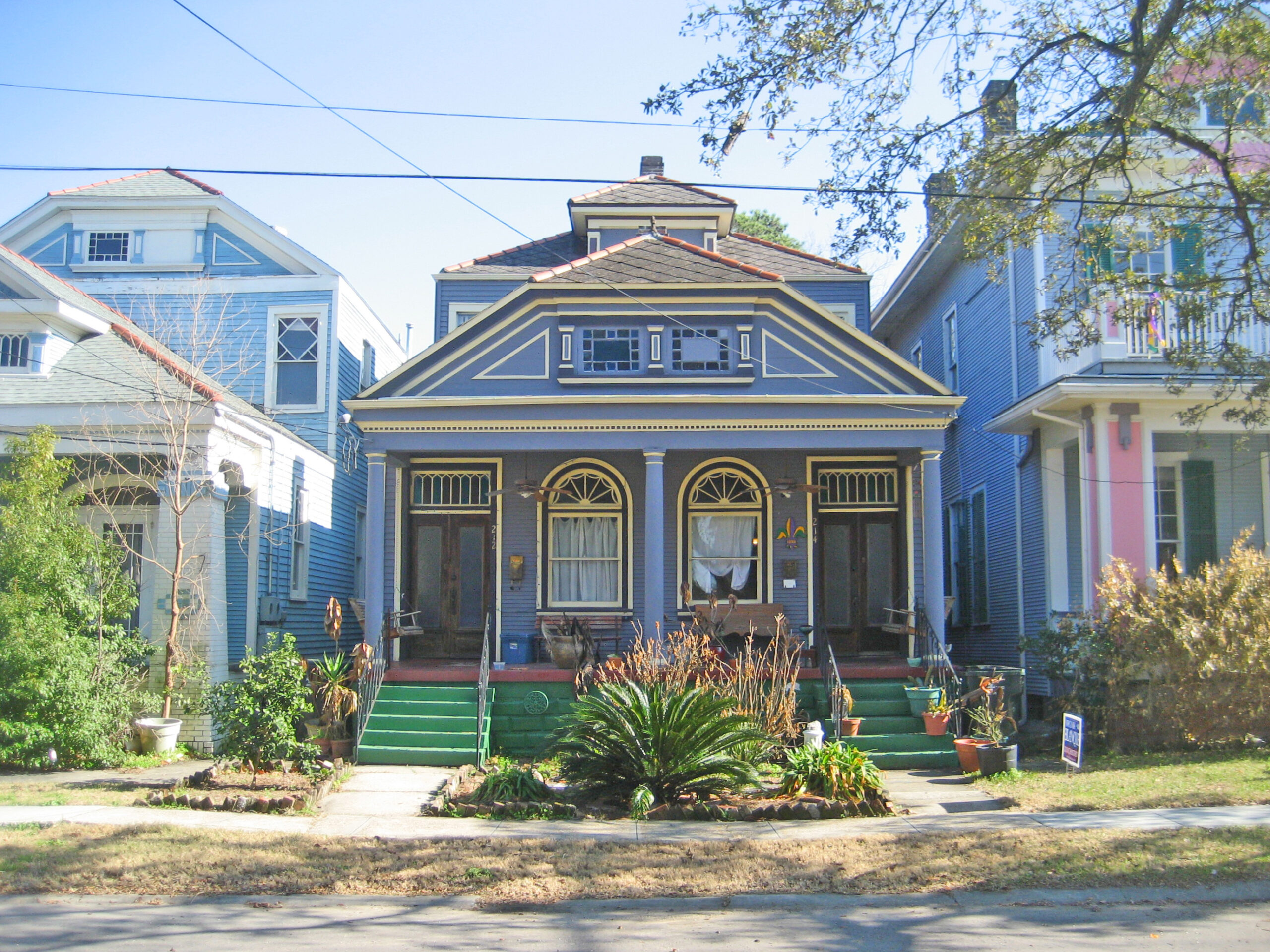This story appeared in the June issue of the PRC’s Preservation in Print magazine. Interested in getting more preservation stories like this delivered to your door each month? Become a member of the PRC for a subscription!
LEGEND – Camelback-style buildings exist in New Orleans because of a local real estate tax on the number of stories a residence has on the street front. To avoid the tax, the second story was pushed to the rear.
FACT – The only local architectural feature ever to be taxed was the Spanish Chimney Tax of 1794 to pay for street lights. The tax was so unpopular that it only lasted for six months and was replaced with a tax on bread. We can access our tax laws going back to the colonial period and we even have the assessments surviving from the 1830s. Never is there an assessment for an architectural feature other than for the short-lived chimney tax. Assessments were made as they are today, for market value.
So how did camelbacks come about? One possible explanation results from the fact that often the main structure on a property site was one-story and the rear dependency was two stories. Over time, the one-story main structure and the two-story dependency were merged, into a single building. Or, as more space was needed in a shotgun style house, a rear second story was added, which was less expensive than an ornate addition on the street elevation.
As early as 1885 the term “camelback” was used in a building contract citing a “raised one-story wood frame camelback.” Camelbacks were most popular from about 1880 to 1920. The building type remains popular today, with the Historic District Landmarks Commission receiving numerous requests for camelback additions.
Presented by Friends of the Cabildo
Robert J. Cangelosi, Jr., AIA, NCARB, is president of Koch and Wilson Architects and a prominent architectural historian. His architectural practice is focused on the preservation, restoration, renovation and adaptive reuse of historic structures. This work includes projects such as the award-winning restorations of the Cabildo and St. Patrick’s Church. Cangelosi was the co-editor of the last two volumes of the Friends of the Cabildo’s highly regarded “New Orleans Architecture” series books and has served as a past editor of Preservation in Print.



